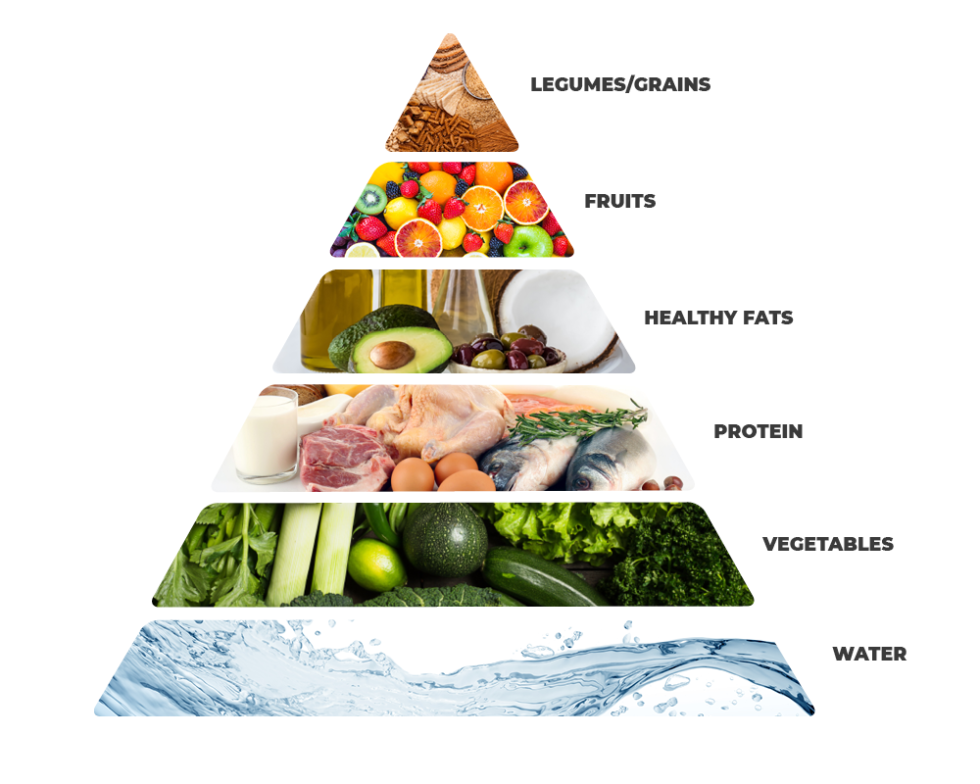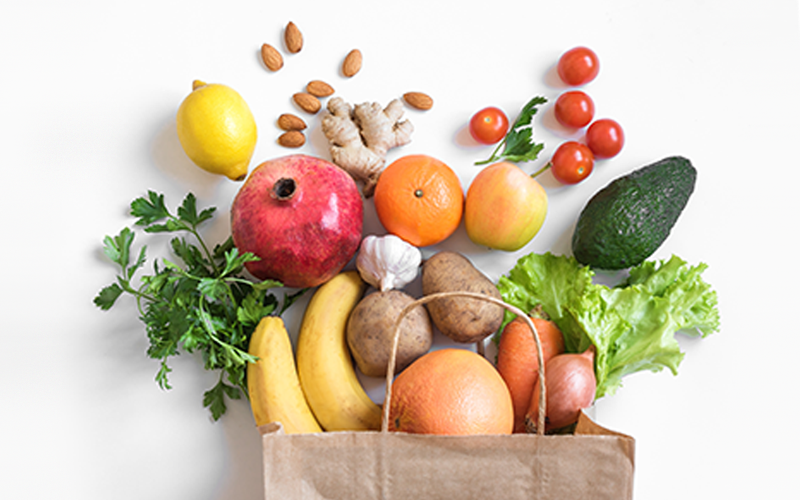by Start Health
There are all sorts of buzzwords when it comes to nutrition: macros, deficit, superfoods, antioxidants, organic, non-GMO…
Because nutrition is such a hot topic, it can be overwhelming to try to eat healthy. Sometimes it feels like nutrition is an all-or-nothing endeavor, which leaves many people feeling like they’re never doing enough for their bodies. Let’s scratch all the buzzwords and focus on the basics. What are the bare necessities you can stick to and still strengthen your daily meals?
Don’t Neglect any Food Groups
The first rule to ramping up the nutrition in your meals is to “eat the rainbow.” In other words, eat a little bit from every food group. Different-colored vegetables and fruits contain different nutrients. Red fruits and vegetables promote heart health, orange helps your eyes, yellow strengthens your immune system, green fortifies your bones and teeth, and blue/purple is excellent for your brain.
Your body needs protein, fats, and carbs daily. A diet that works for some people may not work for everyone. Finding a diet* that works best for you will be very personal and most likely result from trial and error. The modern food pyramid (see below) is a great place to start.

*Disclaimer: When we say “diet,” we don’t mean a restrictive food regimen intended for weight loss. We are referring to the most literal sense of the word—what you consume on a daily basis.
Healthy eating is not usually about eliminating entire food groups. Rather, it is making sure you are eating the correct proportions. Load up on vegetables and lean proteins. You can eat carbs, but don’t opt to make them the focus of each meal.
Add, Don’t Reduce
If your meals rely heavily on low-nutritional foods (such as starchy carbs or processed sugars) and you can’t imagine a meal without them, try adding highly nutritional foods instead of eliminating foods you love. When you add significant amounts of vegetables and lean proteins to each meal, you will be less likely to binge on high-calorie, low-nutritional foods. Healthy add-ins will allow you to feel satiated without eating as many unhealthy foods as you are used to, thus lowering your inclination to eat unhealthy foods in general. You’ll find that you are eating less foods from the top of the food pyramid even without intentionally restricting them.
Don’t Eat Food You Hate
When it comes to adding nutrition to your meals, don’t feel pressured to eat foods you hate. There are 1097 vegetable varieties worldwide so there is no reason to eat the ones you don’t like. If you are convinced that you hate all healthy foods, try experimenting with nutritional foods you’ve never tried before—you’ll likely be pleasantly surprised. Check out some healthy recipes here.
Let us know about your own laid-back nutrition hacks in the comments below.
Sources:


No Comment